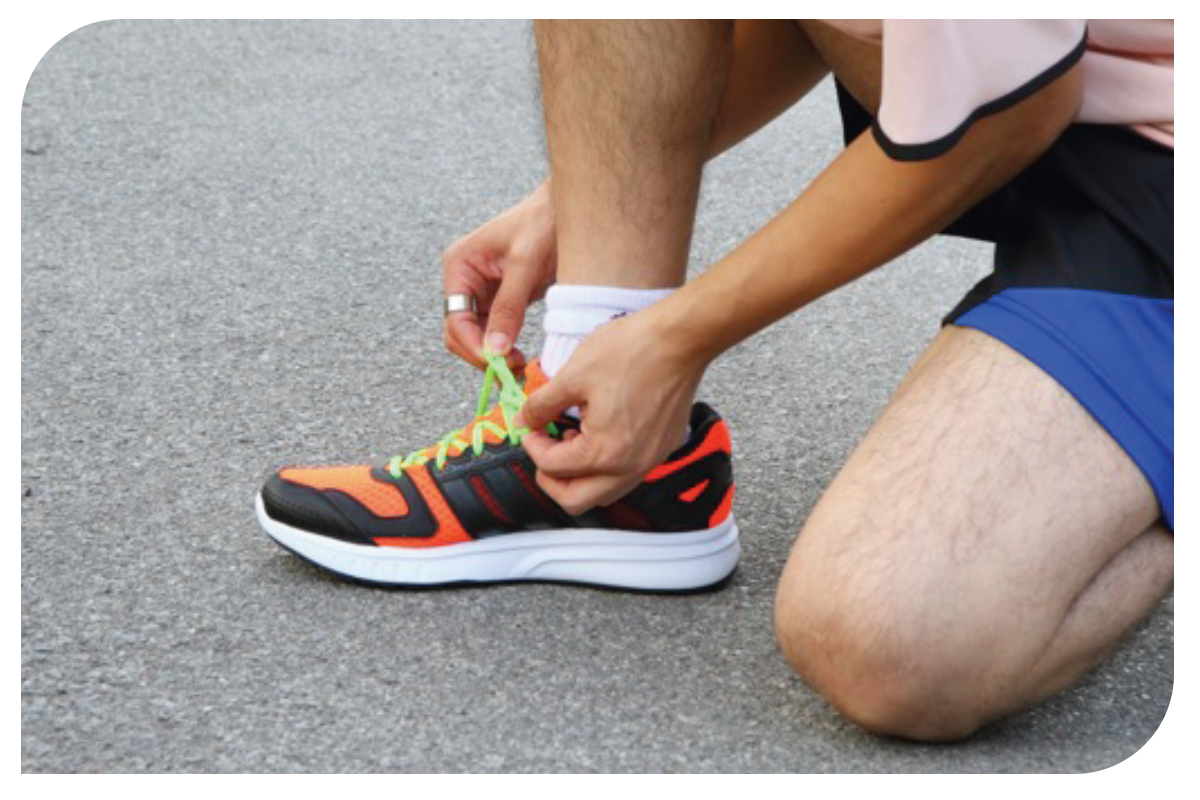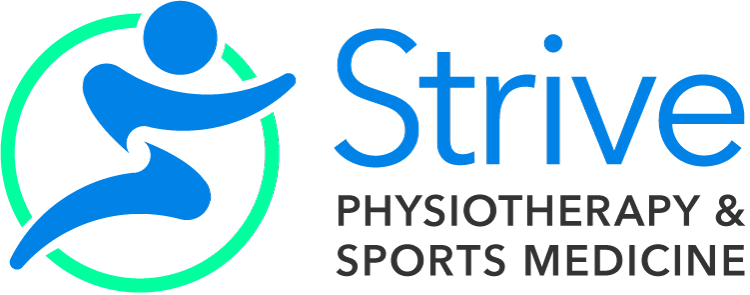5 Tips for Getting Back to Exercise After a Break
Returning to the gym or getting back to a regular exercise routine can often seem daunting. With gyms and fitness spaces being inaccessible this year, many of us have been less active than usual, and are facing the intimidating reality of getting back into a routine after an especially long and challenging break. Here are 5 tips for getting back to an exercise routine. New to exercise and not sure how to begin? These tips will be helpful for beginners as well!
Tip #1: Start Low and Build Slow
You may be tempted to pick up the same weights you were able to lift before, or jump right back into that 5k run, but it is important to start at a lower intensity and build back up slowly. Try the 10% rule. Weather it be distance covered, heaviness of weights, or time spent exercising, increase the volume by 10% (no more than that!) each week. It may feel frustrating, but it is important to understand that after a long break from activity, your body will experience some deconditioning, (i.e., loss of muscle strength or cardiovascular endurance). Don’t worry! You can still build back up to where you were, but taking a slow and steady approach can help you do this safely, by helping to prevent injury. It may even help with motivation to start low and slow, because going right back to your previous intensity might feel hard and cause you to become discouraged and give up. We want to build long-lasting habits that will make you feel good about yourself!
Tip #2: Give Yourself a Win with SMART Goals
You may have heard of SMART goals before (specific, measurable, achievable, realistic, timely). Exercise goals are no different! Getting back into an exercise routine can be exciting, and you may decide you want to go all in and exercise everyday, switch to healthier eating habits, and more! While there is absolutely nothing wrong with this, it’s important to keep in mind that goals should be realistic to your lifestyle, and achievable for you. Give yourself a win! Unattainable or unsustainable goals may lead to discouragement if they are not achieved. So, start with goals that you know you can achieve, and build from there. For example, maybe you start with 10 minutes of exercise per day, or 2 workouts per week. As these behaviours become regular habits, you can always revisit your original goals and update them.

Tip #3: Find Something You Like
We are much more likely to make exercise a regular part of our lives if we enjoy it. It is recommended that adults get regular cardiovascular exercise and muscle and bone strengthening exercise, but that doesn’t have to mean spending several hours per week on the elliptical, or lifting heavy weights, if that isn’t something you enjoy doing. With gyms being closed, and our normal routines disrupted, why not take this opportunity to try something new? There are many ways to get exercise, such as dancing, swimming, hiking, Pilates and cycling, and many exercise classes are accessible online these days.
Tip #4: Find What Motivates You
Find something that motivates you to exercise and hold on to these positive thoughts. Maybe it’s the physical benefits of regular exercise, such as being able to play more games with your kids or grandkids. Maybe it’s the mental health benefits, such as stress relief, better sleep, and improved self-esteem. Maybe it’s that rush you feel after finishing a run. When trying to motivate yourself to put on those running shoes and start your workout, try focusing on these positive thoughts and feelings instead of the exercise itself, to help motivate you. Community can also be a great motivator! Find a friend or exercise group to work out with, not only to keep you accountable, but to foster human connection and a sense of community that we have all been missing this year!
Tip #5: Don’t Forget About Warm-Up and Recovery!
A good warm-up is important for allowing your body to gradually adjust to the increased physical demands being placed on it, and for reducing the risk of injury. The American College of Sports Medicine recommends a 5–10-minute warm-up of light to moderate intensity aerobic and muscular endurance exercise. Dynamic movements are recommended over static stretching. (Check out our “Running Warm Up” Instagram post!) Finally, it is important to make sure you are getting proper recovery between workouts. Some signs that you may be overtraining include fatigue, constant muscle soreness, mood changes such as irritability, loss of appetite, frequent injury and frequent incidences of illness. It is important to make sure you are getting enough rest to let your body recover, so that you can continue to perform optimally. This doesn’t have to mean stopping activity altogether, you can take “active rest days” with some light activity such as walking or gentle stretching.
For information on recommended exercise and physical activity guidelines, visit csepguidelines.ca


